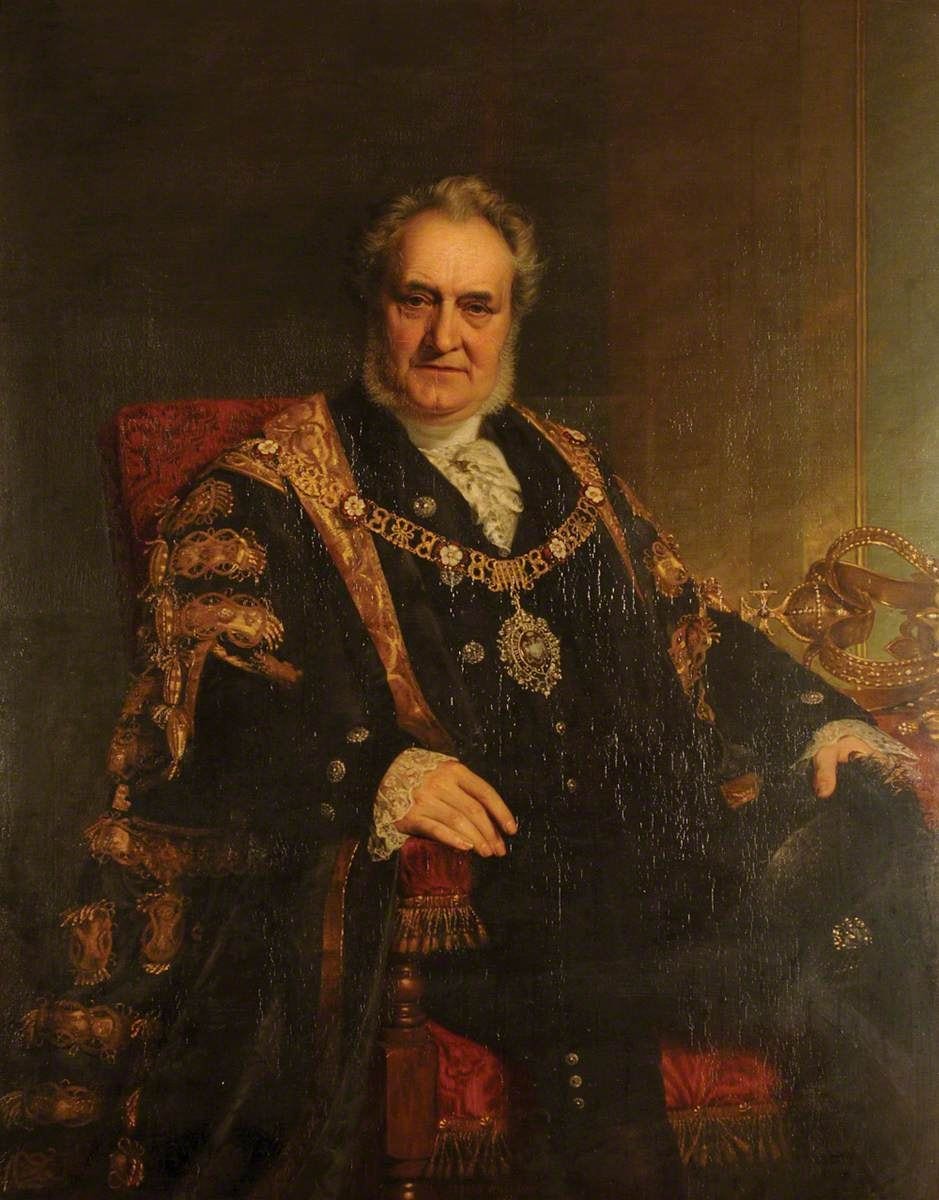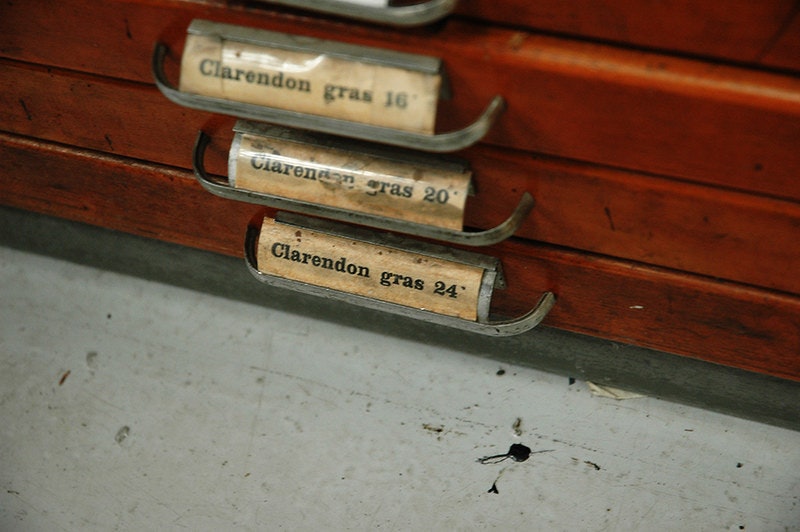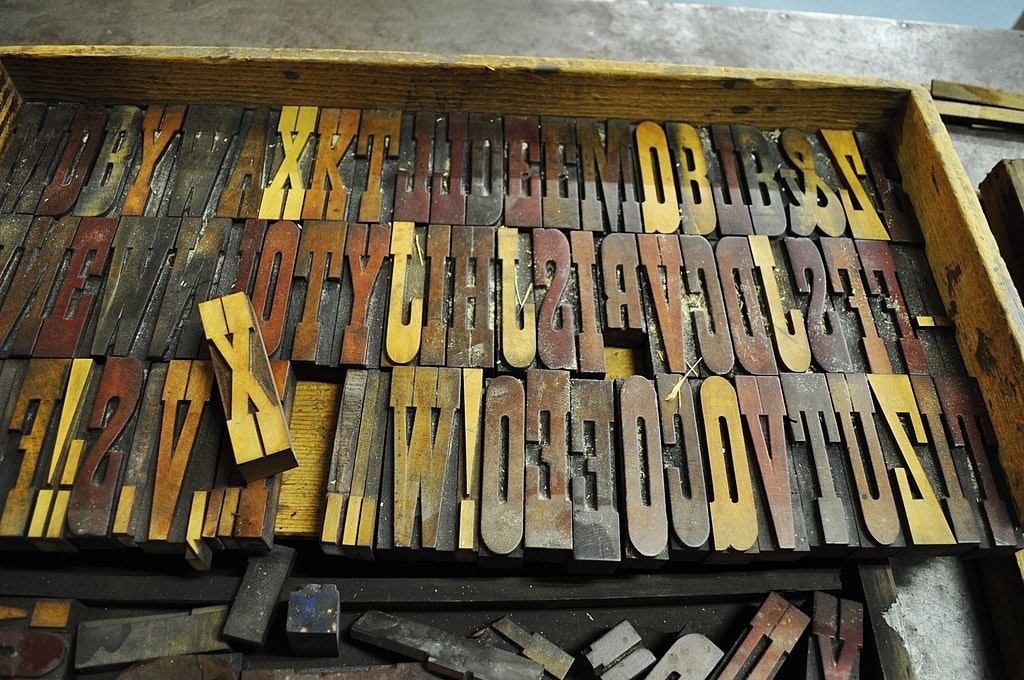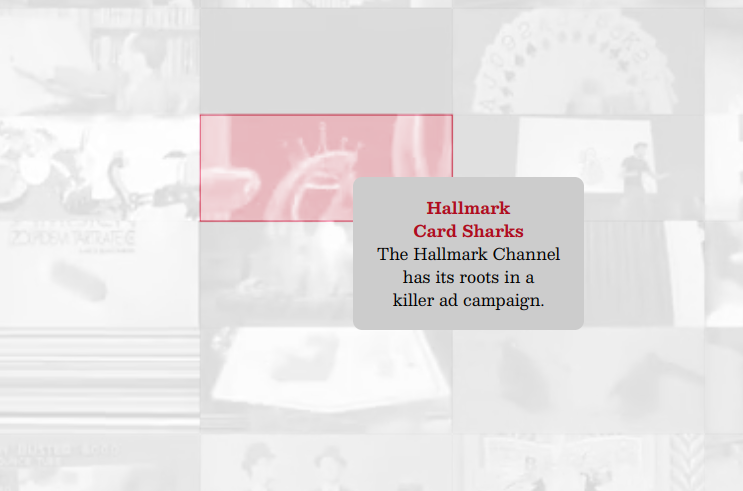Tedium - Hooked On Clarendon 💡
|
|
|
|
|
|
Older messages
When Benevolence Fades 😾
Thursday, October 3, 2024
The WordPress saga could hurt FOSS as a whole. Here's a version for your browser. Hunting for the end of the long tail • October 03, 2024 When Benevolence Fades The WordPress situation devolves
Entering The Fray 👎
Sunday, September 29, 2024
The risks critics face when becoming artists themselves. Here's a version for your browser. Hunting for the end of the long tail • September 29, 2024 Today in Tedium: If you're someone who
The Paywall’s Final Frontier 🔒
Saturday, September 28, 2024
Could CNN's planned paywall be a harbinger for free online news? Here's a version for your browser. Hunting for the end of the long tail • September 28, 2024 The Paywall's Final Frontier
Content Fighting Systems 🔥
Thursday, September 26, 2024
WordPress' founder pulls out the nuclear option. Here's a version for your browser. Hunting for the end of the long tail • September 25, 2024 Content Fighting Systems The co-founder of
Party In The Rear 📺
Monday, September 23, 2024
How the rear projection television got flattened. Here's a version for your browser. Hunting for the end of the long tail • September 22, 2024 Today in Tedium: These days, it's common to see a
You Might Also Like
🔐 Why Microsoft Replacing Passwords Is a Good Thing — Linux Mint vs. Ubuntu
Thursday, December 26, 2024
Also: How I Used QR Codes and Google Sheets to Organize My Home How-To Geek Logo December 26, 2024 Did You Know A "moment" used to be an actual measure of time, corresponding to roughly 90
Ranked | The World's 10 Largest Companies by Revenue (2019-2024) 💰
Thursday, December 26, 2024
We show the world's largest companies by revenue, based on the Fortune Global 500 rankings as stock markets rally in 2024. View Online | Subscribe | Download Our App FEATURED STORY The World's
Issue 345 - OTA software updates are amazing
Thursday, December 26, 2024
View this email in your browser If you are just now finding out about Tesletter, you can subscribe here! If you already know Tesletter and want to support us, check out our Patreon page Issue 345 - OTA
Do Honeypots Still Matter?
Thursday, December 26, 2024
Top Tech Content sent at Noon! Boost Your Article on HackerNoon for $159.99! Read this email in your browser How are you, @newsletterest1? 🪐 What's happening in tech today, December 26, 2024? The
Best Practices for Composition Patterns in Jetpack Compose
Thursday, December 26, 2024
View in browser 🔖 Articles Best Practices for Composition Patterns in Jetpack Compose Jetpack Compose is a newly introduced declarative UI framework compared to other declarative UIs, and there hasn
wpmail.me issue#699
Thursday, December 26, 2024
wpMail.me wpmail.me issue#699 - The weekly WordPress newsletter. No spam, no nonsense. - December 26, 2024 Is this email not displaying correctly? View it in your browser. News & Articles 12 Best
Post from Syncfusion Blogs on 12/26/2024
Thursday, December 26, 2024
New blogs from Syncfusion Create a Flutter 3D Column Chart to Showcase the Top 6 Renewable Energy-Consuming Countries By Praveen Balu Let's visualize the top 6 renewable energy-consuming countries
Ruijie Networks' Cloud Platform Flaws Could Expose 50,000 Devices to Remote Attacks
Thursday, December 26, 2024
THN Daily Updates Newsletter cover Improve IT Efficiency with a Standardized OS: Nine considerations for building a standardized operating environment Optimize your IT with a standardized operating
Edge 460: Anthropic's New Protocol to Link AI Assistants to Data Sources
Thursday, December 26, 2024
Model Context Protocols is one of the recent AI contributions of the AI lab. ͏ ͏ ͏ ͏ ͏ ͏ ͏ ͏ ͏ ͏ ͏ ͏ ͏ ͏ ͏ ͏ ͏ ͏ ͏ ͏ ͏ ͏ ͏ ͏ ͏ ͏ ͏ ͏ ͏ ͏ ͏ ͏ ͏ ͏ ͏ ͏ ͏ ͏ ͏ ͏ ͏ ͏ ͏ ͏ ͏ ͏ ͏ ͏ ͏ ͏ ͏ ͏ ͏ ͏ ͏ ͏ ͏ ͏ ͏ ͏ ͏ ͏
December 26th 2024
Thursday, December 26, 2024
Curated news all about PHP. Here's the latest edition Is this email not displaying correctly? View it in your browser. PHP Weekly 26th December 2024 Hi everyone, It's boxing day in some parts







